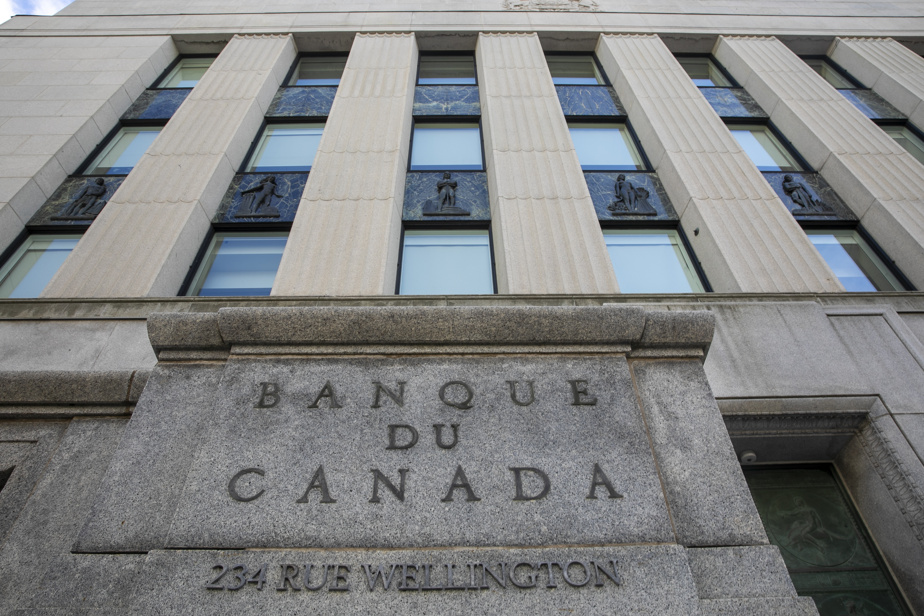In itself, the 0.25% increase in the key rate by the Bank of Canada on June 7 may appear harmless. After all, it is part of a heavy trend of rising interest rates that started just over a year ago (March 2022).
But in reality, the decision of the Bank’s Board of Directors to raise the key rate to 4.75% has serious consequences. It marks an important turning point in the fight against inflation that both orders of government must take note of. Moreover, it imposes a change of direction in the conduct of their budgetary policies.
By signaling a pause in its announcement last January, the Bank had hinted at happier days ahead in price control – the reaching of a ceiling that would bring us back to a gradual return to the target of 2 %. What she announced to us last Wednesday is a major reversal: the work is far from over.
A sign that the vertiginous and rapid increase in rates has not had the desired effect, the strength of the housing market and that of the employment market are undeniable – and thus fundamentally incompatible with controlled inflation.
In his speech the day after the Bank of Canada’s announcement, Deputy Governor Paul Beaudry readily acknowledged: “In light of the recent dynamics of core inflation and continued excess demand, we agreed that there is now a greater risk that headline inflation will remain stuck well above the 2% target. »
With the markets having already accepted another 25 basis point hike in July as an almost unavoidable reality, the soft landing that many had promised us suddenly seems uncertain.
Race against time
At this point, central banks simply can no longer preach patience and complacency. Time has become a major enemy in the fight against inflation. A weakening of purchasing power is no more and no less than an additional tax on the income of Canadians. We are in a race against time: the longer inflation expectations remain anchored, the more difficult it will be to control the rise in prices.
By choosing to place the entire burden of the fight against inflation on the back of the central bank and thus refusing to adjust their respective budgetary policies, governments are rowing against the tide: they are contributing to widening the gap of economic inequalities. , social and intergenerational caused by rising prices.
The combined effect of the inflation, housing and productivity crises forms a new trinity of considerable economic harm to middle class and low income people.
The decade following the great financial crisis of 2008 was marked by insufficient demand. We are now elsewhere. The post-pandemic period is one characterized by significant supply-side constraints.
It is not foolish today to conceive of a world in which inflation and interest rates will remain above pre-pandemic levels, where economic growth will be anemic and where fiscal dynamics will rapidly deteriorate. Instead of working together, the three pillars of sound economic policy – growth (productivity), equity and price stability – will then come into conflict. In this context, restoring inflation to the 2% target must be the primary and shared objective of monetary and fiscal policy.

